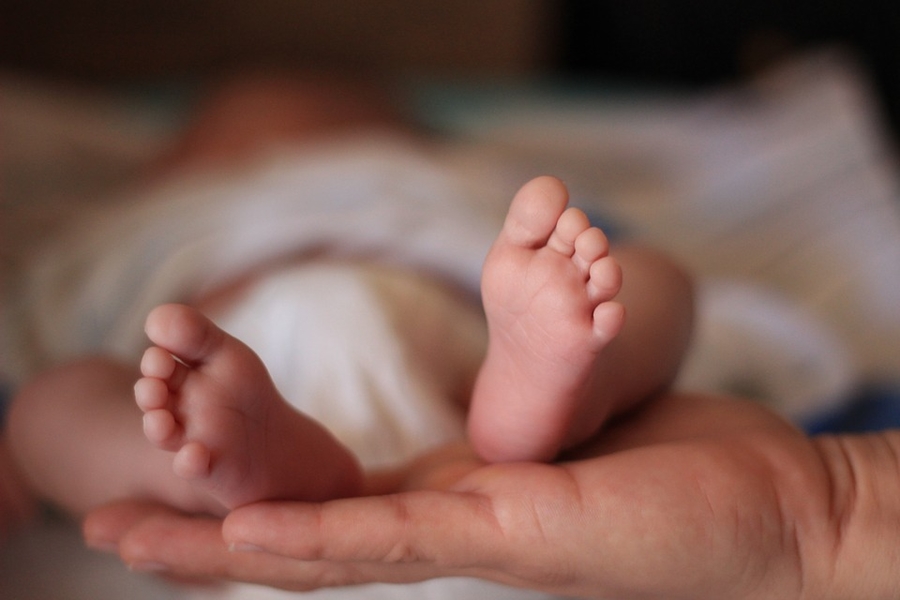
Is Circumcision Necessary In Boys?
20 Feb 2018 | 4 min Read
Babychakra
Author | 1369 Articles
Is being circumcised necessary for all boys?
Circumcision for medical or health reasons still remains a debatable issue. According to the American Academy of Pediatrics (AAP), the health benefits of newborn male circumcision outweighs the risks. However, the benefits seen were not remarkable enough to suggest or recommend universal newborn circumcision. Circumcision can be carried out in older boys and men later in life to treat certain conditions, if necessary.
Before making a decision whether your son should be circumcised, it is absolutely necessary for you to talk to your doctor. The factors that can help in decision-making include culture, religion, and personal preference.
What does ‘circumcised’ mean?
Circumcised definition: Circumcision is the surgical removal of the foreskin of the penis, the tissue covering the head (glans) of the penis in males. It is an ancient practice that has its origin in religious rites.
Why do guys get circumcised?
The different reasons for carrying out circumcision in boys are:
- Medical reasons:
Circumcision is considered as the last resort for treatment of certain conditions of the penis and foreskin.
- Religious reasons:
Cultural circumcisions are carried out mostly in certain communities like the Jewish and Islamic. It is a common practice in many African societies too.
When do you get circumcised?
Circumcision should be considered as an option only in the rare cases where all possible non-surgical treatment has been tried, with no success. The medical conditions that may require circumcision include:
- Phimosis (tight foreskin): In this condition, the tight foreskin cannot be pulled back over the head of the penis. This results in occasional pain, when the penis is erect. Urination also becomes difficult in rare cases.
Treatment: Treatment includes local application) of steroids in case of mild disease. This helps in softening the skin and making it easier to retract the foreskin. However, in a rare condition before 5 years of age, if the foreskin is damaged and cannot be pushed back over the head of the penis, circumcision may be necessary.
- Balanitis (recurrent infection): This results in inflammation of the foreskin and head of the penis.
- Infected paraphimosis: Failure of the foreskin to return to its original position after being pulled back is known as paraphimosis. This causes the head of the penis to become swollen and painful, which requires immediate treatment to avoid complications like restricted blood flow to the penis.
Treatment: A local numbing gel reduces pain and inflammation when applied on the head of the penis. Further pressure is applied to the glans while pushing the foreskin forward in mild cases. In severe cases, a small slit can be made in the foreskin to help relieve the pressure after application of a local anesthetic gel.
Balanitis xerotica obliterans: Phimosis and sometimes scarring and inflammation of the penis are caused by this condition.
Treatment: This condition can be treated be using antifungal creams, corticosteroid ointment, or antibiotic creams.
- Repeated urinary tract infections (UTIs) : Circumcision is the last resort of treatment in a boy having repeated UTIs. However, this is a very rare scenario.
Treatment: UTIs are treated with mainly with antibiotics. However, in cases in which urine leaks back up into the kidney, there are chances of bacteria spreading from the foreskin, through the urine, to infect the kidney. In such cases, preferred treatment is circumcision.
Where to go to get circumcised?
Circumcision should be performed at a hospital. The procedure should be explained to an older boy getting circumcised to relieve his stress and anxiety. Usually, the patient is discharged on the same day of the surgery. Food and drinks are restricted before surgery. Post-surgery, six weeks are needed for the penis to heal fully, be it a man getting circumcised or a baby getting circumcised.
How to get circumcised?
The procedure for getting circumcised includes:
- Signing an informed consent form
- Administration of anesthesia (local anesthesia for adults, while infants or young boys might require general anesthesia)
- Removing the foreskin behind the head of the penis
- Cauterization of bleeding spots
- Stitching the remaining edges of skin using dissolvable stitches
Disclaimer: The information in the article is not intended or implied to be a substitute for professional medical advice, diagnosis or treatment. Always seek the advice of your doctor.
Also read – Dental Care In Children
A


Related Topics for you
Suggestions offered by doctors on BabyChakra are of advisory nature i.e., for educational and informational purposes only. Content posted on, created for, or compiled by BabyChakra is not intended or designed to replace your doctor's independent judgment about any symptom, condition, or the appropriateness or risks of a procedure or treatment for a given person.
